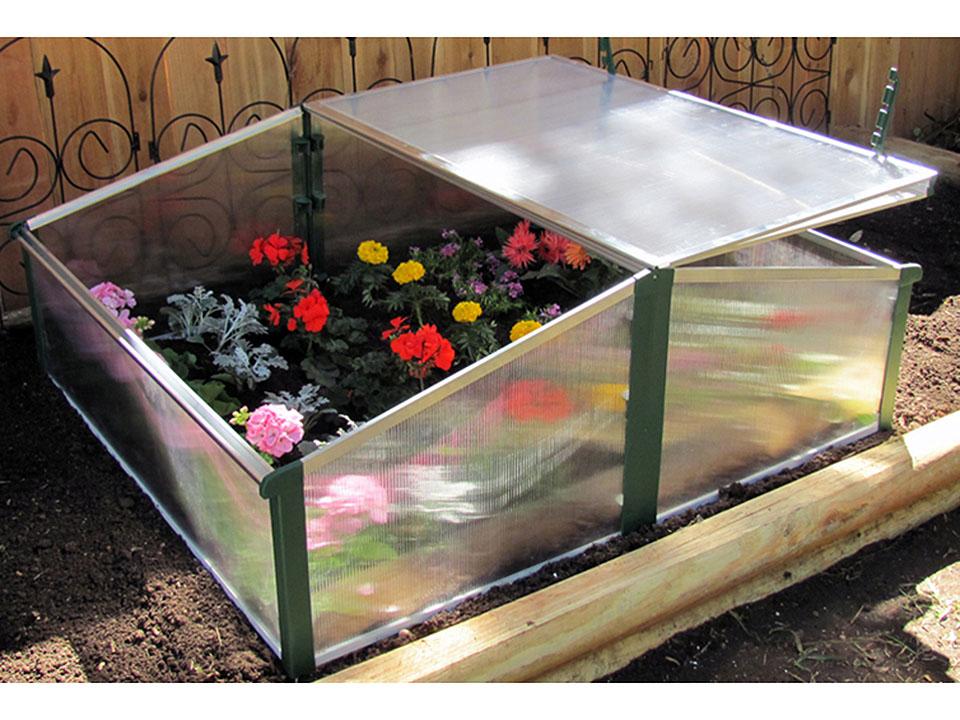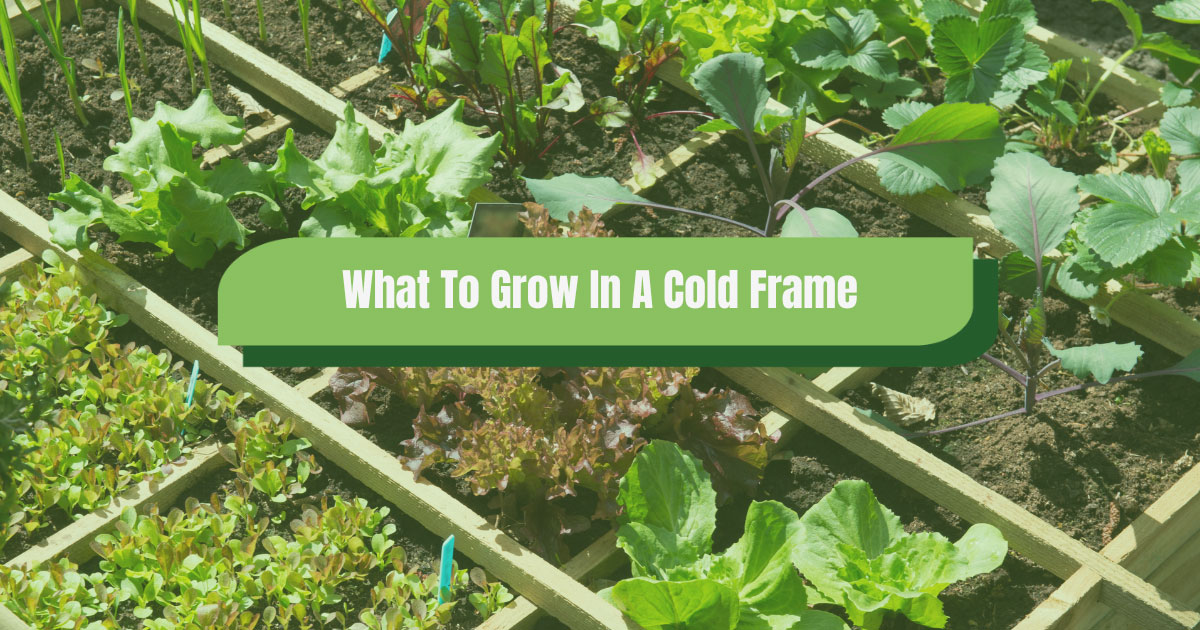Exploring what to grow in a cold frame opens up a world of gardening possibilities, especially during the cooler months. Cold frames, essentially mini greenhouses, harness the sun’s warmth to create an ideal environment for extending the growing season.
This article delves into the essentials of cold frame gardening, from understanding its benefits to identifying the best plants for this unique growing condition.
With years of experience in the field, we’ve tested and identified a variety of plants that not only survive but thrive in cold frames, including leafy greens like lettuce and spinach, root vegetables such as carrots and parsnips, and quick-growing options like radishes.

Our aim is to equip you with the knowledge and confidence to make the most of your cold frame and enjoy fresh, homegrown produce even when the frost arrives.
What is a cold frame?
A cold frame is essentially a compact greenhouse designed to capture and retain the sun’s warmth. They provide a protective environment for plants during cooler weather.
After putting them to the test, we’ve found that these structures are an efficient way to utilize solar energy, ensuring that your garden continues to flourish even as temperatures drop.
At Greenhouse Emporium, our selection of cold frame kits is crafted to offer optimal insulation and protection, extending the growing season without the need for additional heating. That being said, it might be worth learning how to keep a cold frame warm at night for particularly chilly areas.
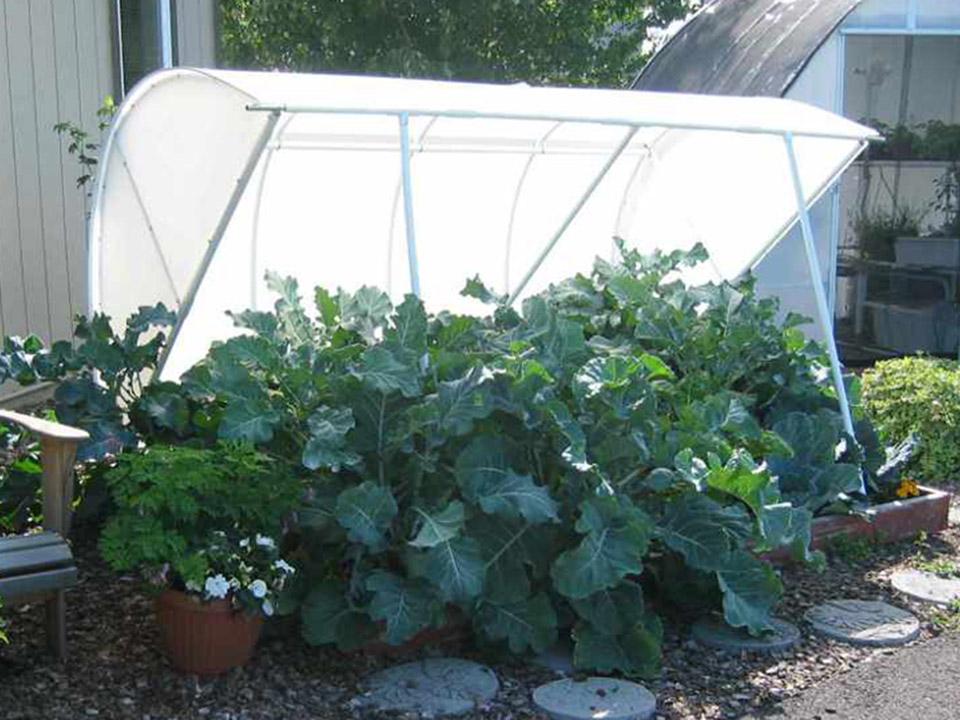
By creating a stable and warm microclimate, cold frames are the ideal solution for gardeners looking to shield their plants from frost while harnessing natural resources to maintain growth and vitality.
What to grow in a cold frame?
Delving into the realm of cold frame gardening unveils a treasure trove of possibilities for extending the harvest and enhancing the variety of your garden’s yield.
Our experience at Greenhouse Emporium has led us to identify a selection of plants that not only endure but flourish within the sheltered confines of a cold frame.
Lettuce
Lettuce stands out as a cold frame favorite, with its remarkable adaptability to cooler temperatures. Ideal conditions within the cold frame, marked by temperatures ranging from 45 to 65 degrees Fahrenheit, pave the way for an abundant harvest of crisp, refreshing leaves.
The diverse varieties available allow for a continuous supply, with staggered cold frame planting ensuring a steady stream of fresh greens.
Spinach
Spinach, with its affinity for the cold, transforms under a blanket of frost, gaining a sweeter profile that enhances its already robust flavor.
Early planting is key, setting the stage for a lush growth of tender leaves that are not only delicious but packed with iron and other essential nutrients. This leafy green’s resilience makes it a staple in the cold frame garden.
Kale
Kale’s robust nature makes it a standout in the cold frame, where it not only survives but thrives, its flavors enriched by the cooler conditions.
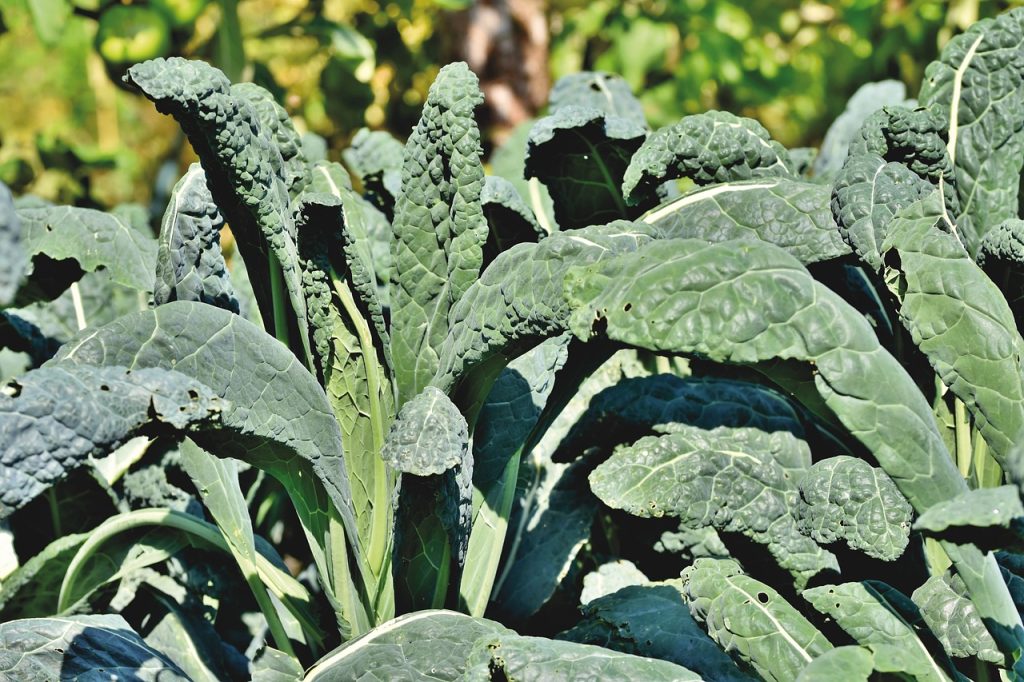
This nutrient powerhouse offers a continuous harvest, with the outer leaves being picked to encourage further growth. Kale’s versatility in the kitchen, from salads to sautés, makes it a cold-weather champion.
Carrots
The sweet, crunchy allure of carrots is heightened by the cold, with the lower temperatures concentrating their natural sugars.
Deep, loose, and stone-free soil within the cold frame allows for unimpeded growth, resulting in carrots that are both flavorful and nutritious. Patience is rewarded with a harvest that brings a burst of color and sweetness to winter dishes.
Radishes
Radishes, quick to mature and eager to grow, are perfectly suited for the efficient environment of a cold frame.
Their peppery bite adds zest to salads and dishes, with a harvest ready in just a few weeks. The ease of growing radishes makes them an ideal choice for those new to cold frame gardening.
Parsnips
The sweet, nutty flavor of parsnips is a cold-weather delight, with the cold frame providing the perfect conditions for their slow and steady growth.
These root vegetables are versatile in the kitchen, adding depth to soups, roasts, and purees. Parsnips require a longer growing season, making early planting essential for a winter harvest.
Beets
Beets thrive in the cool, protected environment of a cold frame, their earthy sweetness enhanced by the chill. These root vegetables are not only delicious but are also rich in nutrients and antioxidants.
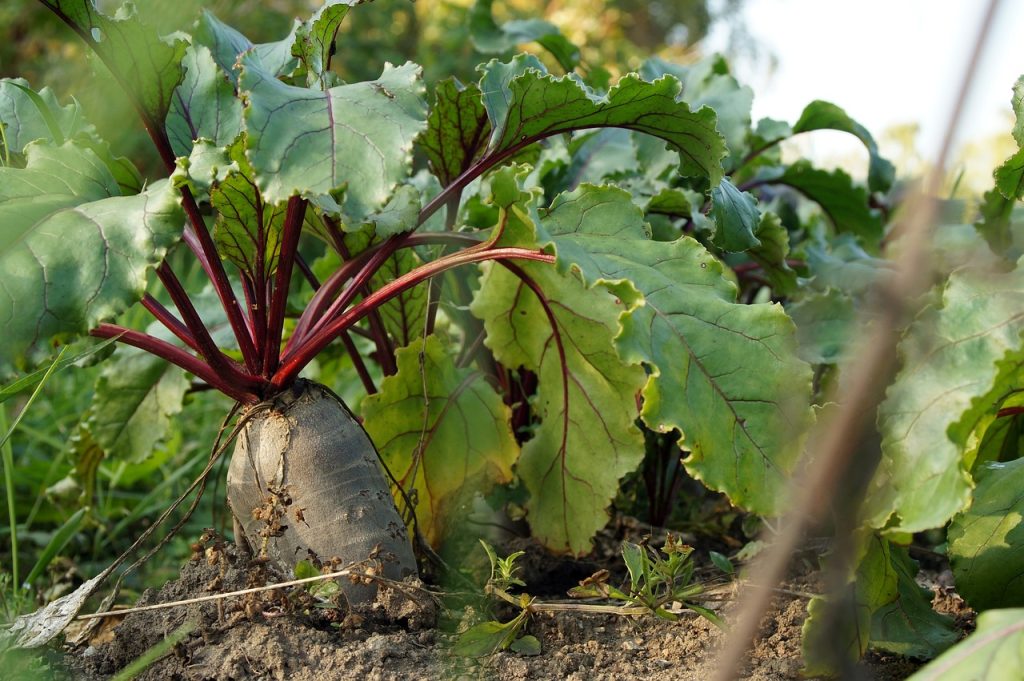
The cold frame’s stable conditions allow for beets to develop deep, vibrant colors and flavors, making them a valuable addition to the winter garden.
Swiss chard
Swiss chard brings a burst of color and nutrition to the cold frame garden. Its tolerance to cooler temperatures makes it an excellent choice for extending the growing season.
The leaves and stems provide a colorful addition to a variety of dishes, from stir-fries to soups, with each harvest offering tender, flavorful greens.
Arugula
Arugula’s peppery leaves are a welcome addition to the cold frame, where it can continue to produce throughout the cooler months.
This fast-growing green adds a spicy kick to salads and dishes, with its flavor mellowing slightly in cooler temperatures. Arugula’s ease of growth and distinctive taste make it a must-have in the winter garden.
Garlic
Garlic is an exceptional choice for cold frame gardening, offering not just culinary versatility but also ease of cultivation. Planting garlic cloves in the fall within the protective embrace of a cold frame sets the stage for an early summer harvest.
The cold frame environment shields the developing bulbs from extreme winter temperatures, ensuring a robust growth that leads to full-flavored garlic cloves, essential for a myriad of dishes and known for their health benefits.
Broccoli
Broccoli, a cool-season crop, adapts well to the microclimate of a cold frame, allowing for an extended growing season. This nutrient-dense vegetable can be harvested in the cooler months when planted in late summer or early fall.
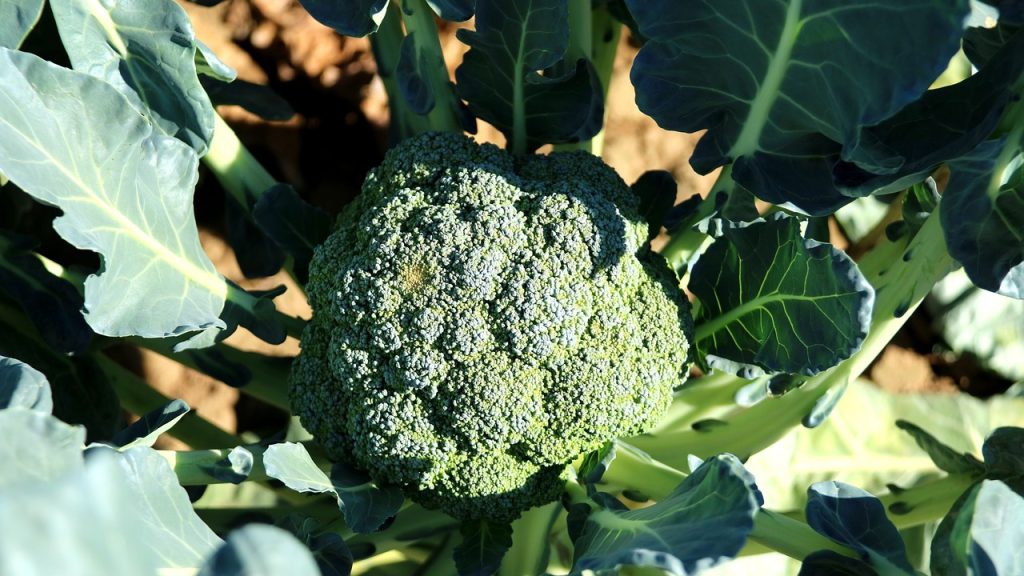
The controlled environment of a cold frame protects the developing heads from harsh weather, leading to tender and flavorful florets that are ideal for steaming, roasting, or enjoying raw in salads.
Mache (corn salad)
Mache, also known as corn salad or lamb’s lettuce, is a cold-hardy green that thrives in the low-light conditions of winter, making it perfect for cold frame cultivation. Its mild, nutty flavor enhances winter salads, offering a fresh, green respite in the colder months.
Mache’s resilience to cold weather, combined with the protection of a cold frame, allows it to be one of the few greens that can be harvested throughout winter, providing a continuous supply of fresh, tender leaves.
FAQs about what to grow in a cold frame
Can I use a cold frame to start seeds early in the season?
Absolutely! Starting seeds in a cold frame is an excellent way to give them a head start before the last frost date. Start your seeds in trays or pots within the cold frame, ensuring they receive adequate light and moisture.
Is watering necessary in a cold frame, and if so, how often?
Yes, plants in a cold frame will need watering, but likely less frequently than those in the open garden due to reduced evaporation.
Check the soil moisture regularly; it should be moist but not waterlogged. Watering in the morning is ideal, as it allows excess moisture to evaporate during the day, reducing the risk of fungal diseases.
How do I regulate the temperature in my cold frame during unexpected warm spells?
Ventilation is key; prop open the lid or door of your cold frame during the day to allow excess heat to escape and close it again in the late afternoon to retain warmth overnight.
Adjustable automatic vent openers can also be installed to manage temperature fluctuations without daily manual adjustments.
